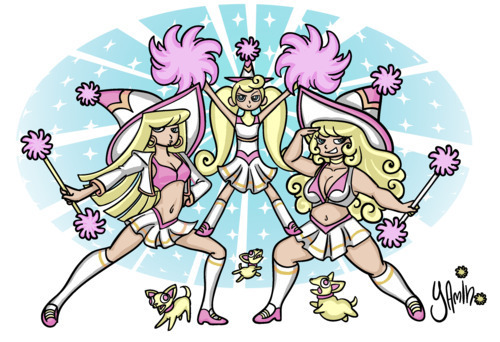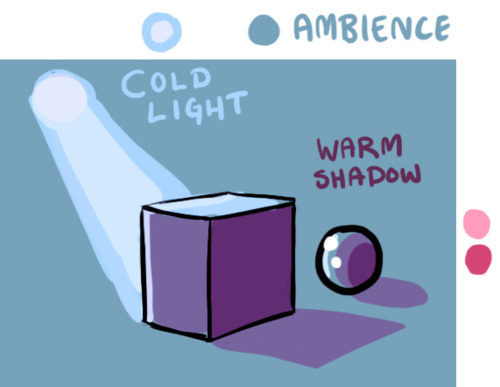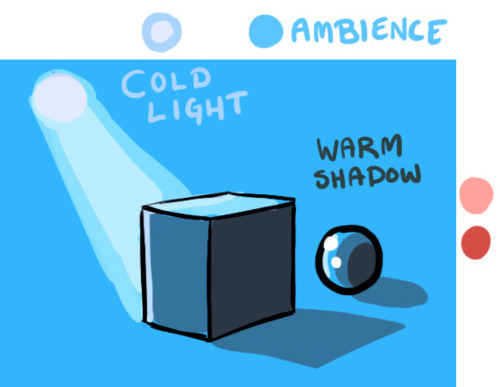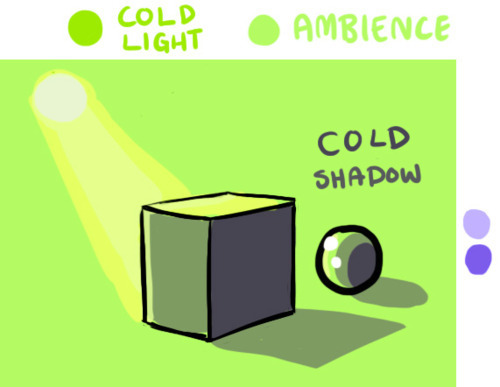Aficionado of the Underrated and Unconventional: Dynamic Color: A Brief Explanation
cel-phone replied to your post: Bad Habits
I think it'd be cool if you desaturated this pic and had it compared to the original vibrant piece :o And I think I feel that way when people use boring greys for shading XP Ugh.Good suggestion. I've been asked a LOT about my coloring choices and methods, and I've been wanting to do a tutorial on it, so now's as good a time as any!
Here's the same picture I posted earlier, colored in the method I see quite often:
Here is my version, with dynamic color:
Here are the differences that make the top picture boring:
Plain black outlines (nothing wrong with that in and of itself, but it's the standard and least dynamic choice)
Desaturated, bland colors
The light and shading has no color. Shading is either just grey or a darkened version of the "local" color.Changing any of those elements will make a HUGE difference in the feel and overall energy of a picture. The last point in particular regarding colored light and shadows is the key to dynamic color.
In real life, light always has a color. And whatever the temperature of the light is, the shadow will be the opposite. Thus, dynamic and realistic coloring can be simplified to two laws of color: Warm light = cold shadows. Cold light = warm shadows.
Natural light is generally yellowish, but at sunrise and sunset it has a much hotter, reddish/orange glow. Fires also give a scene a dynamic reddish/orange palette. This means the shadow will be blue-purpleish.
Night time is the opposite- cold light, warm shadows.
I also use an ambient color as a "base"- an overlay to unify the colors. Here are some samples of different color combinations. Hopefully it'll show just what a huge difference color theory can make in your own compositions. There's no need to stick to "standard" lighting either!
Especially when it comes to showing magical or unwordly light sources, unnatural light sources can really make the picture dynamic. There are occasions when it's ok to break the laws of color, as you can see in the second to last sample. Using really unnatural lighting can add to the unsettling atmosphere of a scene, if that's your intent.
I could do a much longer tutorial on color (and I have been wanting to for a long time) but this is the bare-bones basics. Hope it helps. =)
Some good colorin' advice from Yamino right heah.
HOPE this works. Tumblr's reblogging wasn't working right, so I had to do some cutting and pasting.
Josh Lesnick's Blog
- Josh Lesnick's profile
- 5 followers











